Banana Tree Harvesting – Learn How And When To Pick Bananas

Bananas are one of the most popular fruit in the world. If you are lucky enough to have a banana tree of your own, you may wonder when to pick the bananas. Read on to find out how to harvest bananas at home.
Harvesting Banana Trees
Banana plants are not actually trees but large herbs with succulent, juicy stems that arise from a fleshy corm. Suckers continually spring up around the main plant with the oldest sucker replacing the main plant as it fruits and dies. Smooth, oblong, elliptical, fleshy stalked leaves unfurl in a spiral around the stem.
A terminal spike, the inflorescence, shoots out from the heart in the tip of the stem. As it opens, clusters of white flowers are revealed. Female flowers are borne on the lower 5-15 rows and males upon the upper rows.
As the young fruit, technically a berry, develop, they form slender green fingers which grow into a “hand” of bananas that droops due to its weight until the bunch is upside down.
When to Pick Bananas
The size of the fruit varies depending upon the variety of banana, so isn’t always a good indicator for picking bananas. Generally, banana tree harvesting can commence when the fruit on the upper hands are changing from dark green to a light greenish yellow and the fruit is plump. Banana stalks take 75-80 days from flower production to mature fruit.
How to Harvest Bananas at Home
Before picking bananas, look for “hands” of fruit that are filled out with no prominent angles, are light green and with flower remnants that are easily rubbed off. The fruit will generally be 75% mature, but bananas can be cut and used at different stages of ripeness and even green ones can be cut and cooked much like plantains. Home growers will generally harvest the fruit 7-14 days prior to ripening on the plant.
Once you have ascertained that it’s time for banana tree harvesting, use a sharp knife and cut the “hands” off. You can leave 6-9 inches (15-23 cm.) of stalk on the hand, if you wish, to make it easier to carry, especially if it is a large bunch.
Gardening tips, videos, info and more delivered right to your inbox!
Sign up for the Gardening Know How newsletter today and receive a free copy of our e-book "How to Grow Delicious Tomatoes".
You may end up with one or many hands when harvesting banana trees. The hands don’t usually mature all at once, which will extend the time you have to consume them. Once you are done harvesting the banana trees, store them in a cool, shady area - not the refrigerator, which will damage them.
Also, don’t cover them with plastic, as that can trap the ethylene gas they give off and speed up the ripening process too rapidly. They will naturally turn yellow and ripen completely on their own, and you can enjoy the fruits of your banana tree harvesting.

Amy Grant has been gardening for 30 years and writing for 15. A professional chef and caterer, Amy's area of expertise is culinary gardening.
-
 Looking For Plants To Give You The Soft And Fuzzies? Try These 5 Fuzzy Leaf Plant Options
Looking For Plants To Give You The Soft And Fuzzies? Try These 5 Fuzzy Leaf Plant OptionsLovers of texture, drama, silver foliage and tactile plants will adore these special sensory garden additions. These fuzzy leaf plant options will leave you all aglow
By Susan Albert
-
 Get Ready For A Summer Of Hummers! Grow These Full Sun Hummingbird Plants and Flowers
Get Ready For A Summer Of Hummers! Grow These Full Sun Hummingbird Plants and FlowersIf you’re lucky enough to enjoy a sunny backyard, make sure you are maxing out on your pollinator opportunities and grow these full sun hummingbird plants and flowers
By Tonya Barnett
-
 Japanese Banana Plant – Caring For A Musa Basjoo Hardy Banana Variety
Japanese Banana Plant – Caring For A Musa Basjoo Hardy Banana VarietyThe Japanese banana plant lends that tropical island flair to gardens as far north as zone 5. If that sounds too good to be true, read on!
By Laura Miller
-
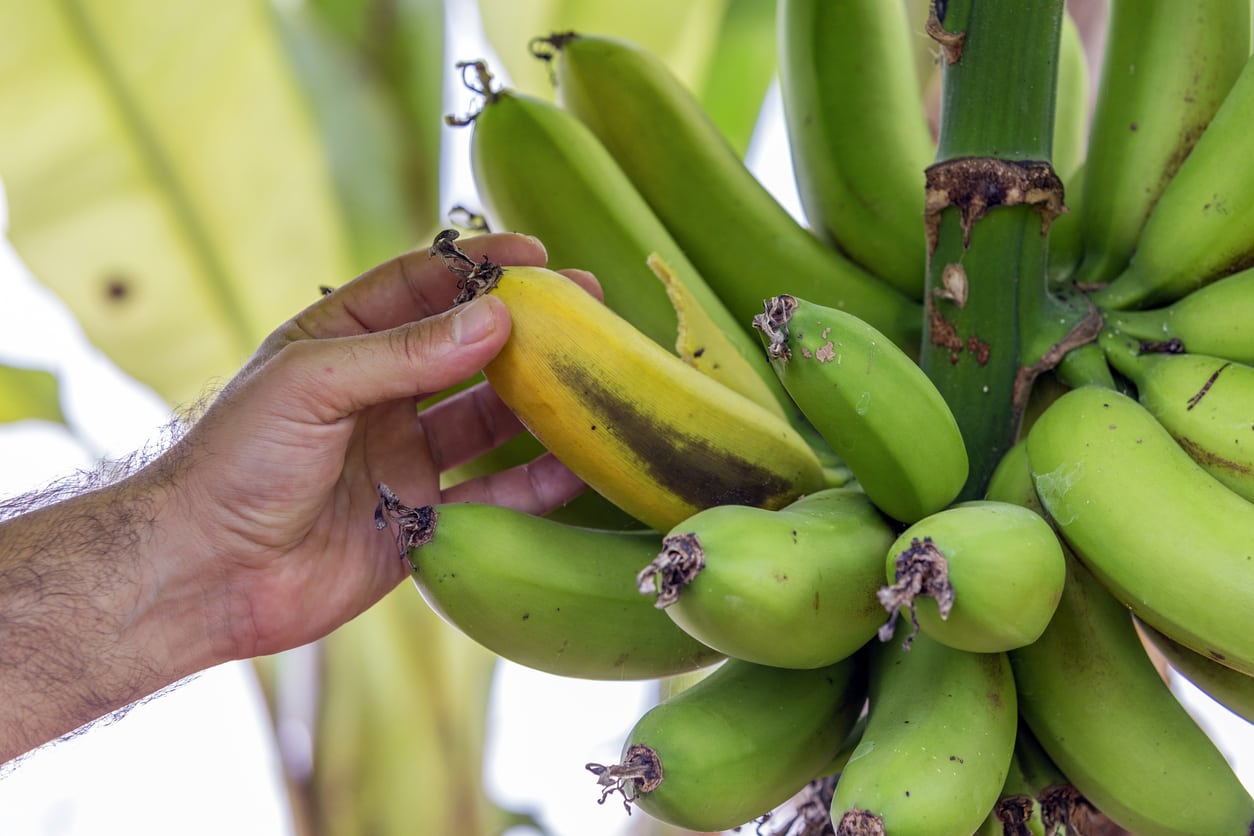 Banana Tree Fruit Issues: Why Do Banana Trees Die After Fruiting
Banana Tree Fruit Issues: Why Do Banana Trees Die After FruitingBanana trees not only are beautiful tropical specimens, but most of them bear edible banana tree fruit. If you have ever seen or grown banana plants then you may have noticed banana trees dying after bearing fruit. Click this article to learn more.
By Amy Grant
-
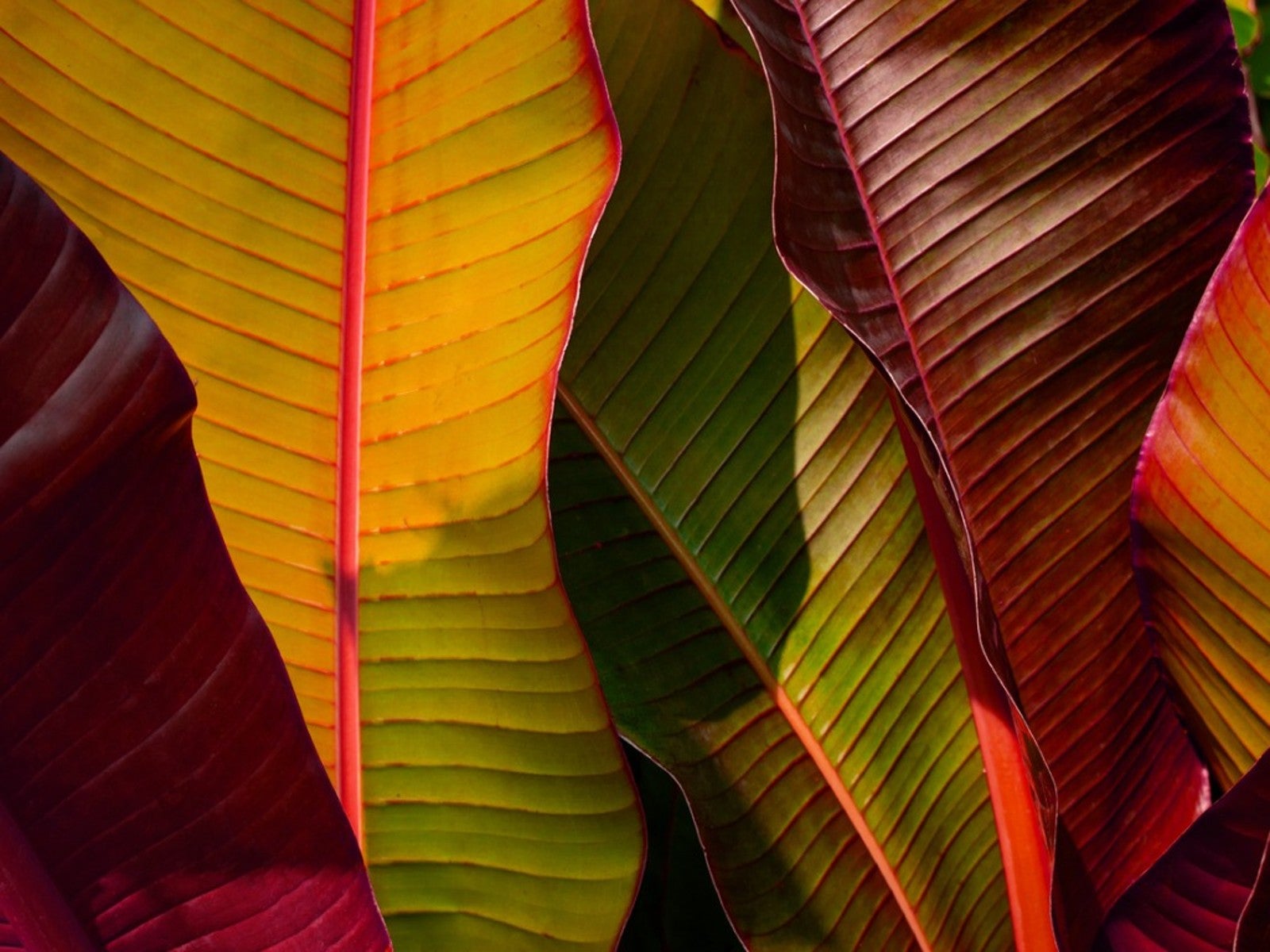 Growing Ornamental Bananas – How To Grow A Red Banana Plant
Growing Ornamental Bananas – How To Grow A Red Banana PlantThere are many types of banana which produce copious amounts of fruit. But did you know there are also various types of the ornamental red banana plant too, specifically grown for their attractive red foliage color? Learn more about them here.
By Ilana Goldowitz Jimenez
-
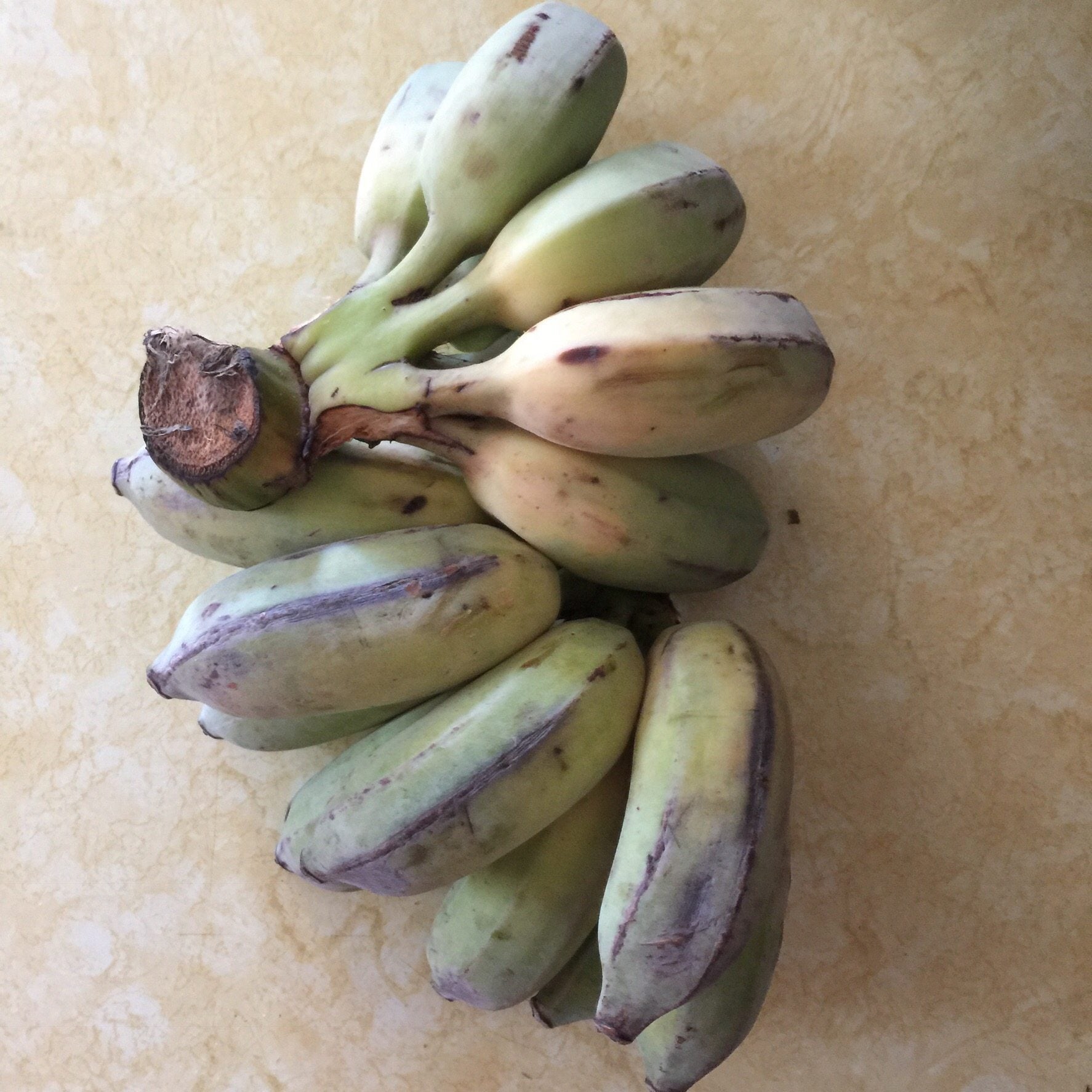 Thai Banana Fruit – How To Grow Thai Banana Trees
Thai Banana Fruit – How To Grow Thai Banana TreesIn Thailand, bananas are everywhere and synonymous with the tropical region they thrive in. If you're yearning to introduce a more tropical look to your landscape, try growing Thai bananas. What are Thai bananas? Click here to find out about Thai banana care.
By Amy Grant
-
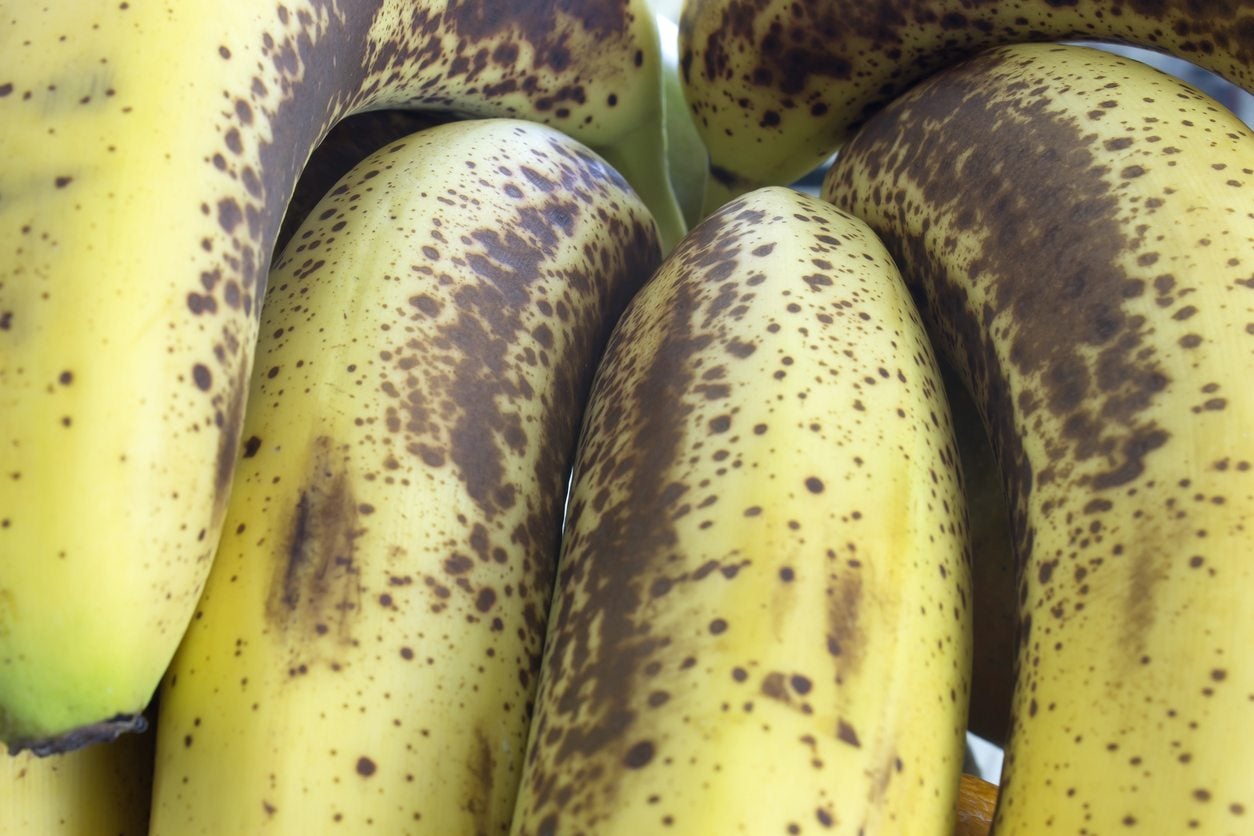 Common Diseases Of Banana: What Causes Black Spots On Banana Fruit
Common Diseases Of Banana: What Causes Black Spots On Banana FruitBanana plants are prone to a number of diseases, many of which result in black spots on banana fruit. What causes black spot disease in bananas and are there any methods for treating black spots on banana fruit? Click this article to learn more.
By Amy Grant
-
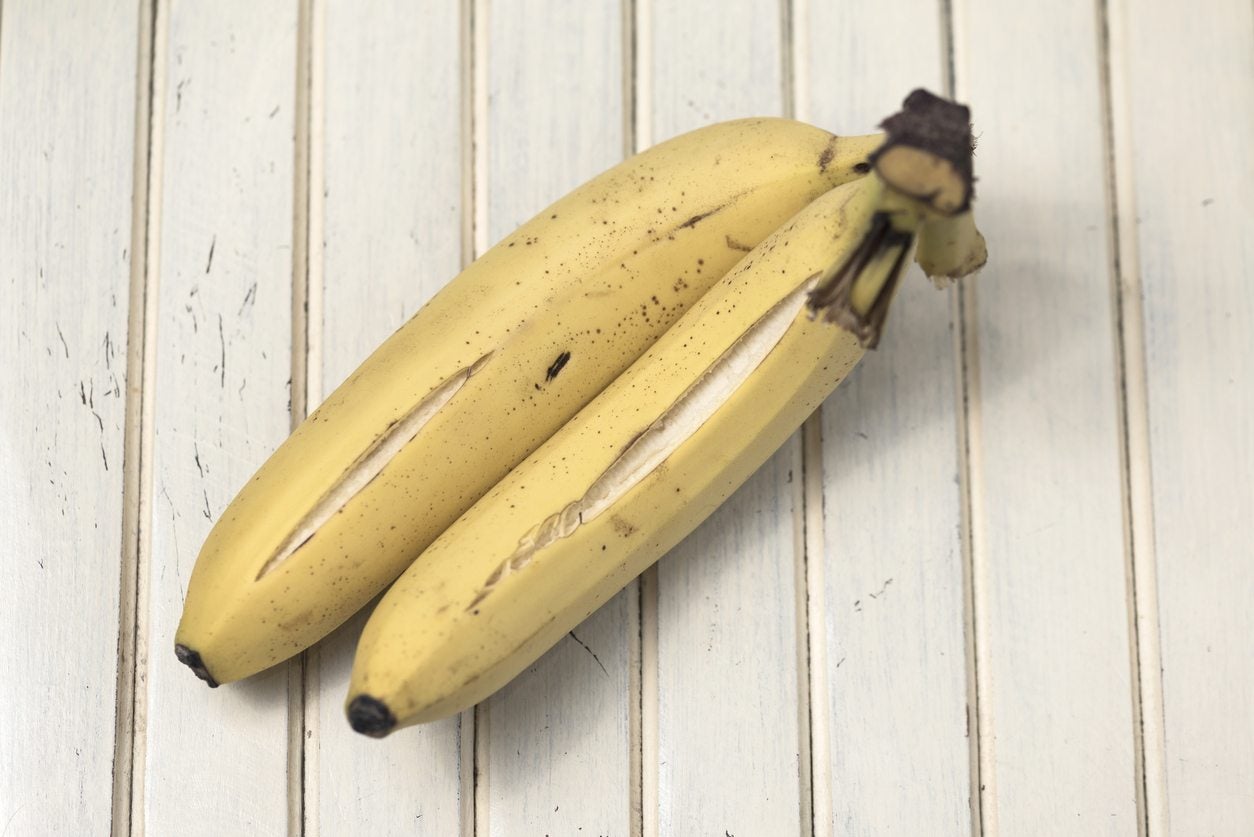 Banana Tree Problems: What Causes Bananas With Cracked Skin
Banana Tree Problems: What Causes Bananas With Cracked SkinIt takes some work to grow bananas and, even so, they are susceptible to their share of diseases and other banana tree problems. One such issue is bananas with cracked skin. Why do bananas split on the bunch? Find out about banana fruit cracking here.
By Amy Grant
-
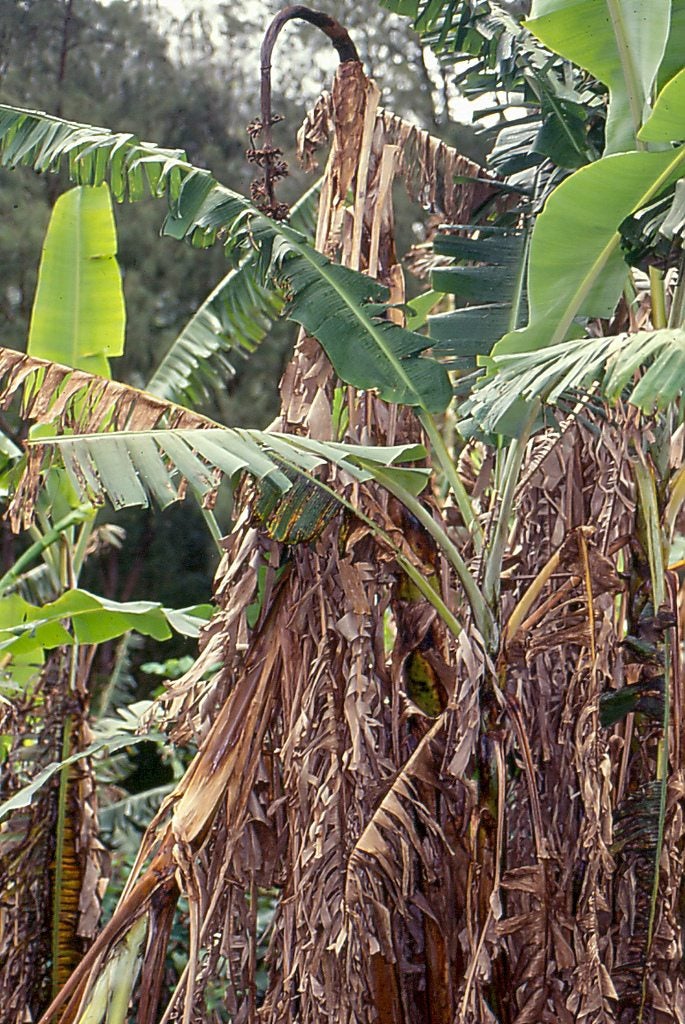 Fusarium Wilt Of Banana: Managing Of Fusarium Wilt In Bananas
Fusarium Wilt Of Banana: Managing Of Fusarium Wilt In BananasAlso known as Panama disease, fusarium wilt of banana is difficult to control and severe infections are often deadly. Click on this article to learn more about banana fusarium wilt disease, including management and control.
By Mary H. Dyer
-
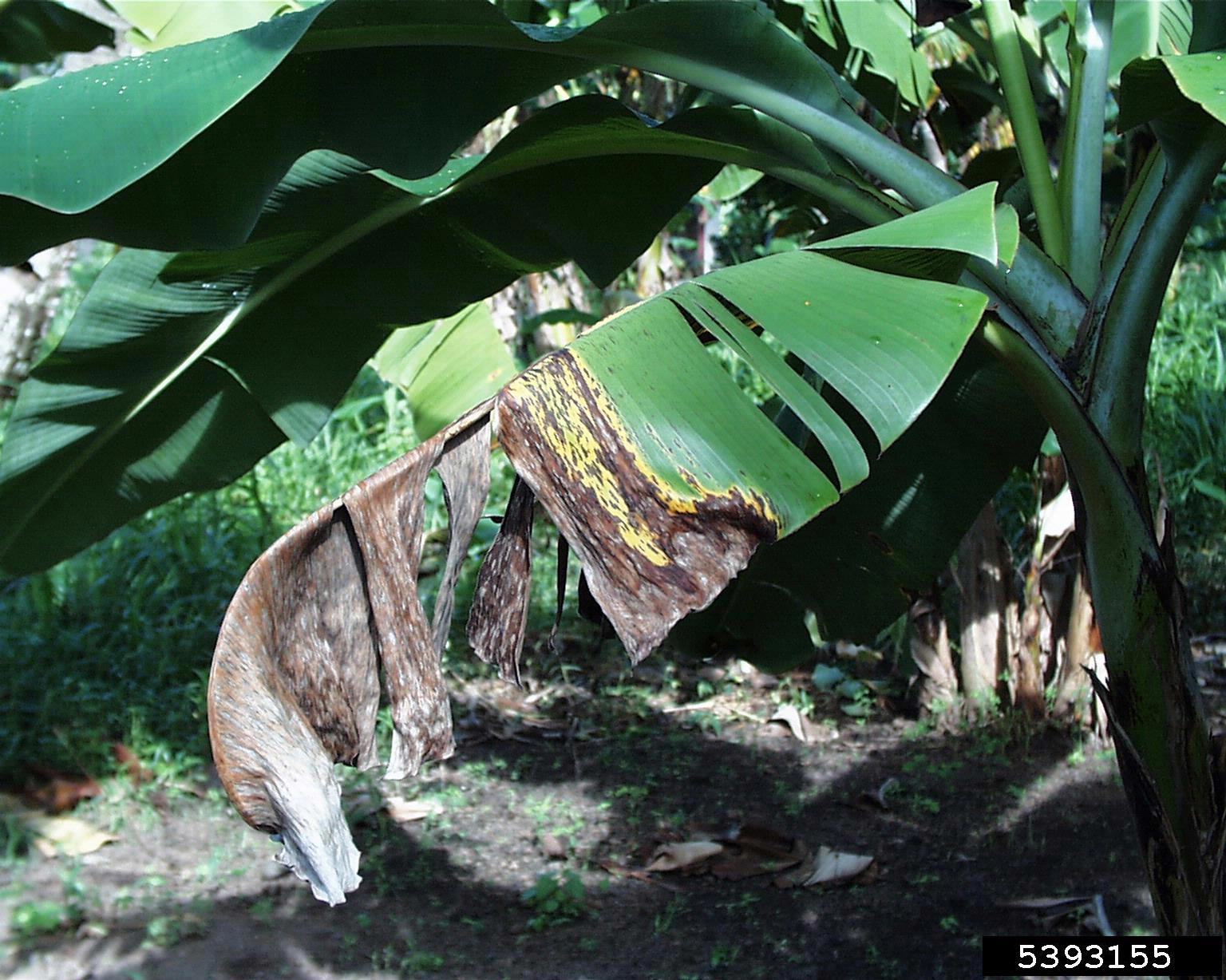 Banana Plant Diseases And Pests: Troubleshooting Problems Affecting Bananas
Banana Plant Diseases And Pests: Troubleshooting Problems Affecting BananasBanana plant problems can derail a successful plantation, and any of the problems affecting bananas may afflict the home gardener as well, so it's important to learn to identify banana pests and diseases to nip them in the bud. Click here to learn more.
By Amy Grant